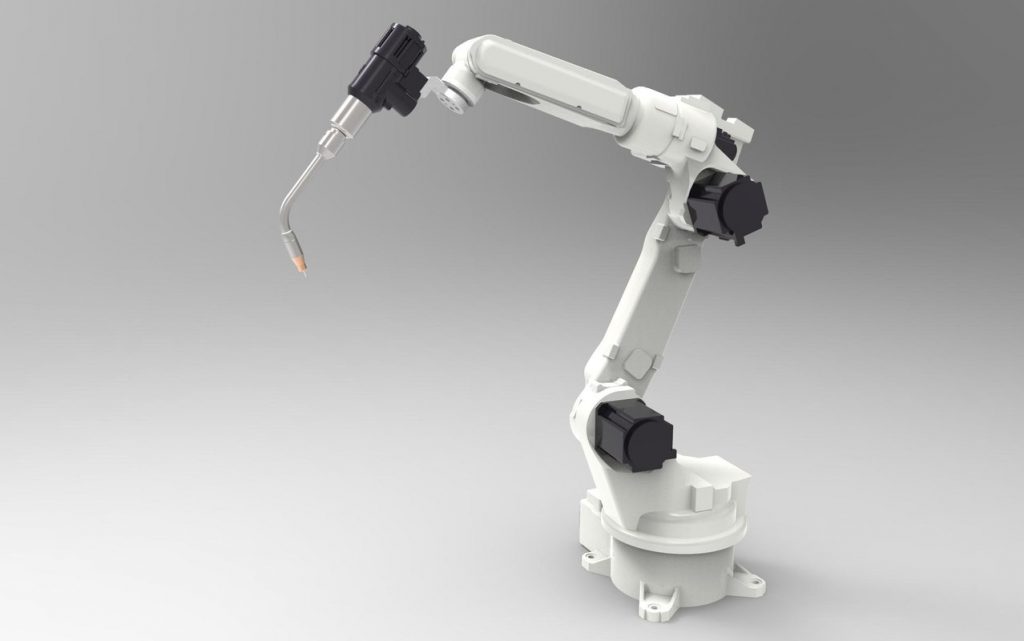Gone are the days of putting engineers in dangerous and repetitive jobs to automate the process. Utilizing robotics is not just innovative, but it’s also often a safe alternative for completing tasks that would typically place staff at risk. One such robotic device available today is the robotic arm. This autonomous machine can be used for various applications, from welding and painting to picking up human-resistant materials and helping with medical procedures. In this article, we’ll explore what these robotic arms can do and how you can determine when they’re the best option for your needs.
What Is A Robotic Arm, And What Are Its Uses?
A robotic arm is a mechanical device replicating a human arm’s functions and movements. Robotic arms are typically powered by motors and articulated with joints to manipulate objects precisely. Robotic arms come in many different sizes, shapes, and forms depending on what it is designed to do – from small tabletop robots to large automated systems used in industrial settings.
Robotic arms have found uses in various industries due to their precise manipulation capabilities. Automotive manufacturing is one of the most common uses for robotic arms because they can quickly and accurately assemble cars and weld parts. In medical fields, robotic arms are used for complex surgeries such as heart transplants or brain operations since they offer high accuracy and speed. In other industries, robotic arms are used for painting, engraving, and packaging.
When Is The Best Time To Use A Robotic Arm?
Robotic arms offer several advantages over humans in certain situations:
- They can work faster than people.
- They don’t require breaks or sleep.
- They can handle hazardous materials without endangering workers.
- They are more precise than human movements.
For these reasons, it’s essential to consider using a robotic arm when you need something that can be done quickly and accurately.
It’s also beneficial to consider a robotic arm if the task requires repetitive movements or working with potentially dangerous materials such as explosives or radiation. Additionally, a robotic arm may be the best option if you need to accomplish something that is too complex for a human to do safely or accurately.
Finally, a robotic arm can provide better control than humans if you’re dealing with delicate materials requiring precise manipulation, such as medical implants or surgical tools.
Types Of Robotic Arms

Robotic arms come in various sizes and shapes and are typically classified by their number of axes (joints) or degrees of freedom. Each axis provides an additional degree of manipulation, such as side-to-side motion, up-and-down movement, or rotation.
The most commonly used robotic arms are six-axis robots – they have six joints that allow them to move back and forth, up and down, rotate around the horizontal axis, bend at the elbow joint, rotate at the wrist joint, and twist at the “fingers”.
Additionally, several types of robotic arms are available depending on your needs:
- Articulated robots have rotary motors that allow for flexibility.
- Cartesian robots have linear slides for precise movement in a straight line.
- SCARA robots have arms that rotate around a vertical axis to improve accuracy.
How To Choose The Right Robotic Arm For Your Needs
Choosing the right robotic arm for your needs will depend on several factors, such as its size and flexibility, the complexity of the task, and the budget you have to work with. It’s also essential to make sure that the robot is compatible with existing systems or machines in your facility and any safety regulations that may apply to its use. Additionally, it’s a good idea to consider how easy it is to program and maintain the arm before deciding.
Finally, keep in mind that while robotic arms offer many advantages over manual labor, there are better options in some situations. Consider all of your options carefully before making a decision. With careful consideration of these factors, you can choose the perfect robotic arm.
Conclusion
Robotic arms offer a variety of advantages over manual labor and have found uses in many industries due to their precision, speed, and ability to handle hazardous materials. When considering whether or not to use robotic arms, it is vital to consider the task you need to accomplish, safety regulations, and compatibility with existing systems.
Choosing the correct type of robotic arm for your needs is also essential based on its size and flexibility, complexity, budget, programmability, and maintenance requirements. With careful consideration of these factors, you can ensure that you select the perfect robotic arm for your needs.
